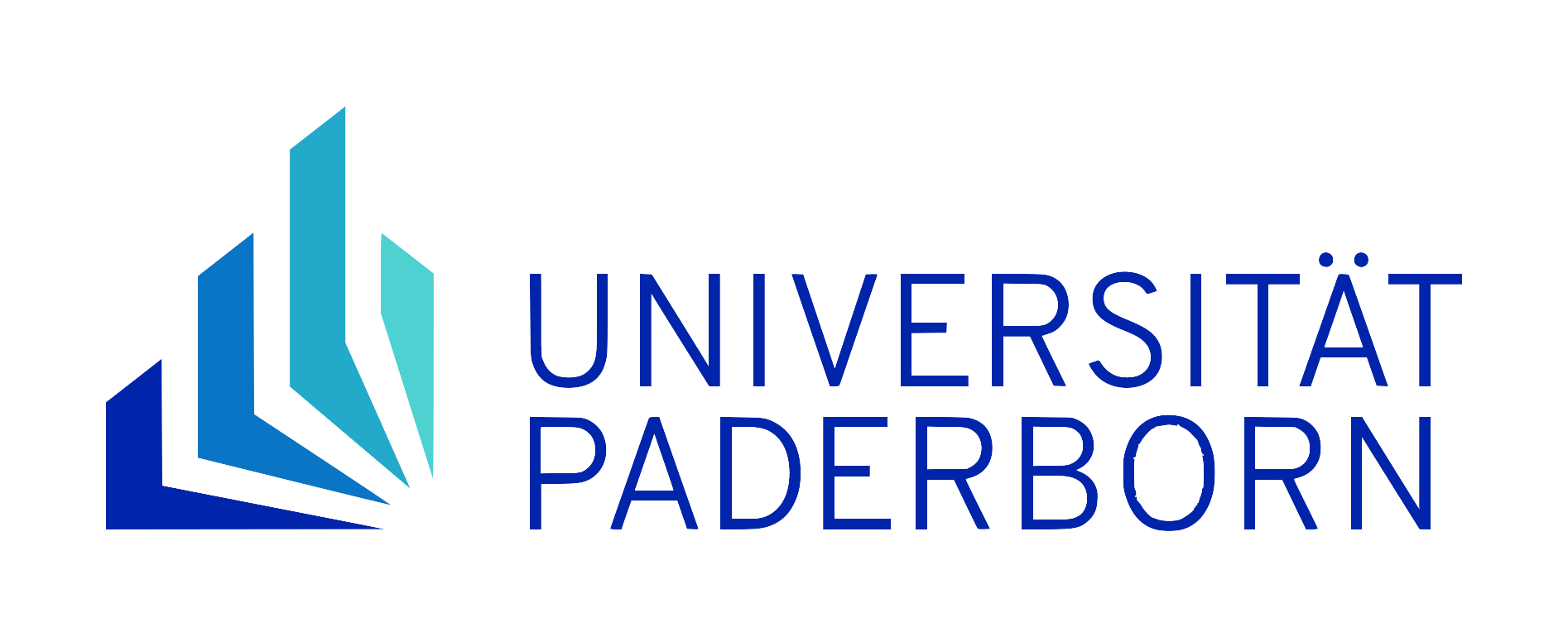Telegram from H. W. Henze to M. Barnet, June 27, 1969
Settings
Show markers in text
Context
Absolute Chronology
Preceding
- 1969-06-26: to Enzensberger
- 1969-05-20: from Sacher
Following
- 1969-08-12: to Hitzer
- 1969-07-09: from Enzensberger
[Typescript]
Modulario – C. – Tel. – 48
Mod. 25. Fono B – Ediz. 1967
9388328
L’Amministrazione non assume alcuna responsabilità civile in conseguenza
del servizio telegrafico. - Leggere, a tergo del presente, le Avvertenze
Bollo
a data
Via e altre indicazioni
di servizio
Avvertenze
1. – Da e per tutti gli Uffici Telegrafici dell’Amministrazione, oltre ai telegrammi
Ordinari, sono ammessi:
a) i Telegrammi Urgenti (U. G.), che hanno corso celerissimo ed un reca-
pito speciale;
b) i Telegrammi-lettera notturni a tariffa ridotta, che vengono
trasmessi durante la notte e consegnati dai portalettere con la prima distribuzione del
mattino.
2. – Nella compilazione dell’indirizzo possono essere raggruppati e tassati per una
sola parola, purchè non superino 15 caratteri:
a) i nomi patronimici appartenenti ad una stessa persona (es. Lanzadiscalea,
Capassotorre, ecc.);
b) le denominazioni complete di piazze, vie, boulevards ed altre strade pubbliche (es. Pizzaorsini, Viavalfortore, Corsogaribaldi, Vialetrastevere, Ruedelapaix, ecc.).
Per Tutti Gli Uffici Telegrafici della Repubblica sono ammessi i Telegrammi interni
Urgent[i]
Con Prezedenza nella Transmissione ed immediata corsegna al Destinario
Massima Celerita
Editorial
Responsibilities
- Editor(s)
- Elena Minetti
- Transcription
- Elena Minetti; Dennis Ried; Joachim Veit
Tradition
-
Text Source: Basel (Schweiz), Paul Sacher Stiftung (CH-Bps), Sammlung Hans Werner Henze, Abteilung: Korrespondenz
Shelf mark: Barnet, MiguelPhysical Description
- Document type: Telegram
- Gelbes Papier
- 1 folio
- 2 written pages
- Dimensions: 135x204 [mm] (HxW)
- Leichte Einrisse am oberen und unteren Rand.
- Telegrammformular
- Rückseite: Angeklebter Zettel, der ursprünglich zum Verschließen des Telegramms diente. Größe des oben abgerissenen Zettelchens: 53 x 83mm.
Material
Extent
Condition
Layout
Writing styles
-
1.Typescript, Henze, Hans Werner.
-
2.Handwriting, ballpoint pen (black).
Text Constitution
-
"fete 90"added inline, handwritten, ballpoint pen (black)
-
"HL"added above
-
"RM"added above
-
"LT"added below
-
"CUA"added below
-
"552D"added below, handwritten, ballpoint pen (black)
-
"23"added below, handwritten, ballpoint pen (black)
-
" 27.6.69 "added below
-
"1500"added below
-
"KJHN"added inline
Commentary
-
[Stamp (round)]Roma – Telegrafo – D
27. 6.69
For more information see apparatus. -
[Rotation]Section, Text turned clockwise (270°).
-
[Stamp (oneline)]1969 GIU 27 15 04
For more information see apparatus. -
[Stamp (oneline)]1969 GIU 27 15 05
For more information see apparatus. -
"… Embassy care Menendez Cultura Stop"Henze’s comment refers to the fact that his letter was apparently withheld by Jesús Menéndez, member of the National Council for Culture in Cuba who welcomed Henze at the Havana airport when he first arrived in the country on 21 March 1969 (see Henze’s Autobiography, p. 253). In a letter dated 26 June 1969, Hans Magnus Enzensberger also wrote to Henze that the letters he had sent two months earlier via the Embassy had still not arrived in Havana: "Dass meine Briefe, vor über 2 Monaten, via Botschaft-Cultura geschickt, noch immer nicht in Havanna eingetroffen sind, ist absurd. Vielleicht hat Jesús Menéndez sie eifersüchtig zurückgehalten."
-
"… Cultura Stop Rachel delicious compliments"Barnet let Henze bring a preliminary version of La Canción de Rachel with him from Cuba, which was already in print a few months earlier (see Barnet’s letter to Henze). A few years later, Barnet also sent Henze an Italian translation of the book (see Barnet’s letter to Henze of 7 April 1973).
-
[Rotation]Section, Text turned clockwise (180°).





